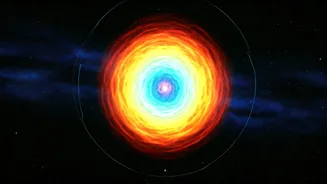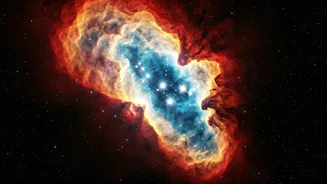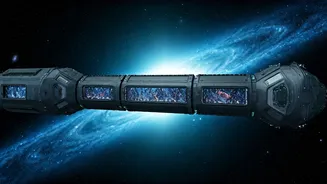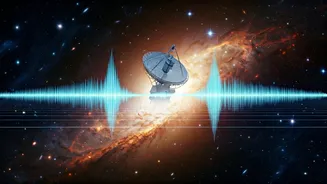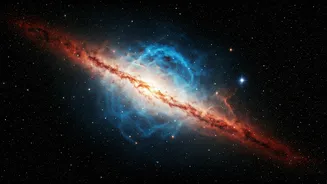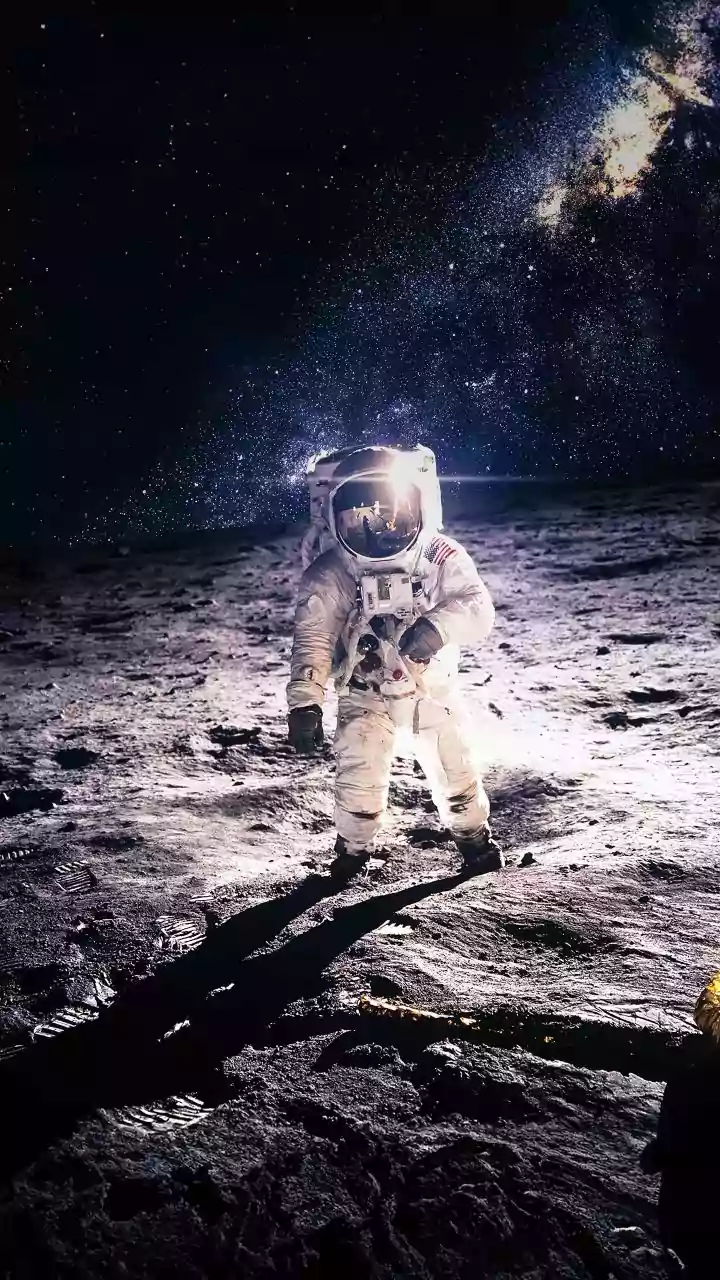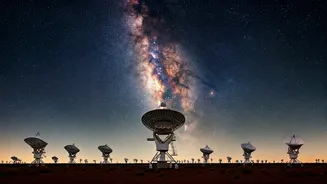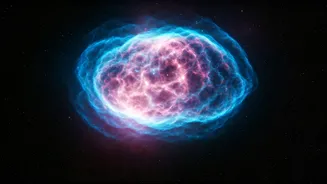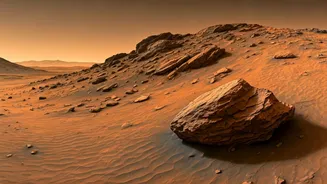Lost Worlds Found
Scientists have unearthed extraordinary findings that challenge our perceptions of Earth's deep history. Researchers at MIT have identified remnants of a 'proto-Earth'
hidden deep beneath the surface of our planet. This discovery offers a glimpse into an earlier phase of Earth's evolution, opening doors to understanding how our world formed. Simultaneously, in a separate development, MIT scientists have also found traces of a lost ancient world within Earth. These revelations provide an exciting opportunity to explore the planet's intricate geological past. The implications of these finds could alter the established geological timelines and deepen the knowledge of how Earth and its earliest inhabitants evolved.
Space's Hidden Water
The exploration of space continues to deliver groundbreaking discoveries. Recent studies have revealed that the asteroid Ryugu, a celestial body, contained evidence of ancient water flow. Scientists analyzed samples collected from the asteroid, finding that water flowed on Ryugu for a billion years. This discovery is a significant indicator of water’s prevalence throughout the solar system's history and potential for life-supporting conditions in the past. Moreover, astronomers have detected heavy water in a planet-forming disk around a young star. This finding suggests that water, a key ingredient for life, could be a common feature in the early stages of planetary formation and throughout the universe. These developments provide crucial insights into how water, and potentially life, may have originated in the cosmos.
Early Universe Mapping
Astronomy has made considerable progress with the development of radio mapping techniques, allowing a deeper look into the early universe. Scientists have successfully created the most detailed radio map of the early universe using the Murchison Widefield Array (MWA). This advanced technology provides a unique perspective on the cosmos and its development shortly after the Big Bang. Moreover, the creation of such a detailed radio map is enabling astronomers to study the distribution of matter and the initial conditions that formed the universe as we know it today. The implications of this research are quite extensive, opening new pathways to understand the origin and evolution of the universe.
Climate and Cities
In an era of rising environmental concerns, scientists are actively seeking solutions. Global projects aim to save sinking cities from rising seas and the consequences of climate change. These projects encompass a variety of nature-based solutions. One of these proposed solutions is to develop sustainable practices that address the impacts of climate change. Simultaneously, the latest data has revealed that atmospheric carbon dioxide has reached a new peak of 424 PPM (parts per million), marking the largest yearly jump ever recorded. These efforts highlight the urgent need for innovative adaptation strategies and collective action to protect coastal communities and mitigate the effects of a changing climate.
Martian Ice Studies
The exploration of Mars is providing insights into its potential for past life. NASA conducted experiments that demonstrate that Martian ice could potentially preserve signs of ancient life. This suggests that the red planet once had the ability to harbor life. This research may revolutionize the search for extraterrestrial life, suggesting that Mars might retain a record of its past environmental conditions. Discoveries like these not only expand the boundaries of scientific knowledge but also deepen our understanding of the universe.
